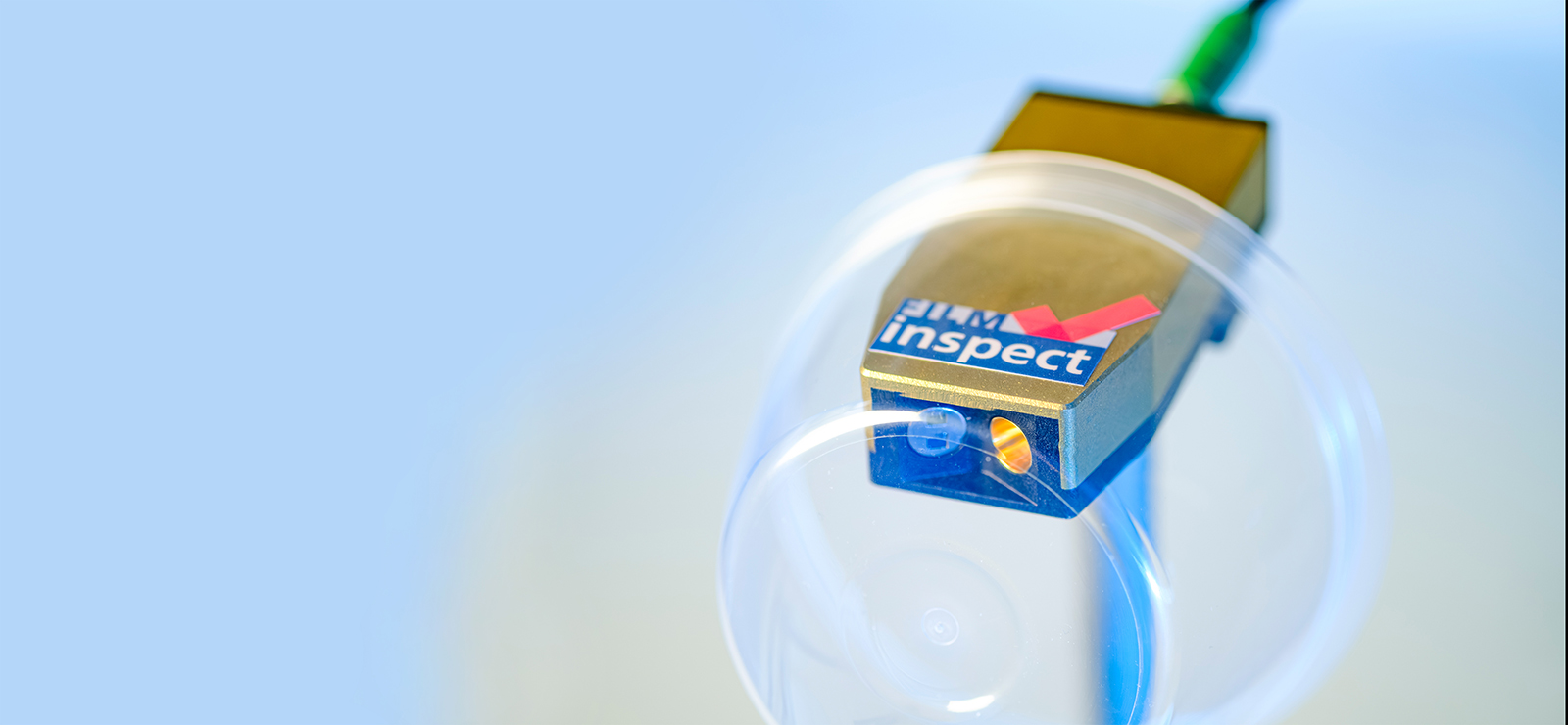Non-destructive inspection of barrier layers and other plasma layers
Inspecting functional coatings between 10 and 100 nm in thickness during production plays an important role in the quality assurance of modern-day plastic products. Packaging materials as well as medical products, for example, are coated in order to create a barrier or to achieve particular surface characteristics. These barrier layers – such as SiOx or AlOx – are crucial for the quality of packaged contents and products. Moreover, similar coatings are also used to optimize wettability, adhesion properties or surface chemistry. All this is why inline, non-destructive inspection of the coatings is so essential.
Due to the physical properties and the thinness of the coating material, however, conventional image processing is not possible for this purpose. Other typical optical methods for measuring thin films, such as reflectometry or ellipsometry, also don’t quite meet the requirements.
Fraunhofer IPM's Film-Inspect inspection system, in contrast, uses long-wave infrared light (> 8 µm) to measures these extremely thin coatings quickly, accurately and without damage – even for 3D surfaces. The system can be expanded for parallel inline process monitoring. For the measurement, Film-Inspect uses the specific, thickness-dependent infrared optical characteristics of the coating.
Analyzing plastics by means of infrared spectra
Infrared light can also be used to analyze the plastics themselves. In this process, specific chemical bonds are resonantly excited, resulting in a characteristic infrared spectrum in the medium to long-wave infrared range (3 – 10 µm). In this way, the molecular composition can be identified – referred to as an infrared fingerprint. This enables the identification of polymers or the analysis of their material composition and quality.
Fraunhofer IPM disposes of various spectrometers – including inline-capable ones – for measuring "fingerprint spectra".
Infrared cameras show concealed elements or defects
It is not only the medium and long-wave infrared range that is suitable for inspecting plastic products. Polymers often show valuable material contrasts already in the short-wave infrared range between 900 and 1700 nm. Unlike the eye or conventional cameras, so-called SWIR cameras are sensitive in this range and provide excellent images in the shortwave infrared range (SWIR). They can be used to examine workpieces and material compositions which do not show contrast for conventional cameras
The spectral dependence of absorption and scattering properties also means that many non-transparent materials appear transparent to a SWIR camera. This infrared transparency can be utilized to make visible concealed elements, such as potted electronic circuitry. Beyond this, defects such as cracks or inclusions in the material can be detected.
